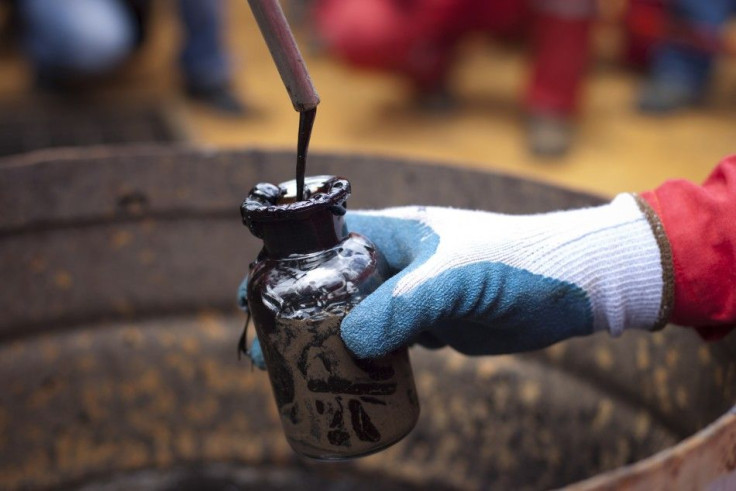Where is Oil Price Heading in 2012?

Crude prices started their jolly ride to the top in February last year when simmering discontent in the Middle East erupted into several violent anti-government protests.
As anti-regime dervish dance raged in the quicksands of the Middle East, governments were toppled in Tunisia, Egypt and Libya and serious challenges for the rulers emerged in major producers like Saudi Arabia, Bahrain and Oman.
The bottom line was that crude prices rose 19 percent in 2011.
The wind in the sails of the anti-regime protests in the region is out now, except in marginal player Syria. And supply side fears have receded in Iraq and Libya. However, these two factors do not apparently reassure markets where crude prices have a bearing on growth. And the reason is Iran. With Tehran threatening to block the Strait of Hormuz and Washington warning of dire consequences if it does, the geopolitical situation has become a lot harder and more unpredictable than at the beginning of the last year.
Iran has said it will close the strategic waterway through which more than a quarter of the world's tanker-borne crude passes if the U.S. and allies go ahead and impose tougher sanctions on account of Tehran’s alleged nuclear bomb project.
The U.S., and its chief ally in the region, Israel, are determined to deny Iran a balance-tilting nuclear bomb. That means the nuclear plot will only thicken in the months ahead, implying also that crude prices will continue to remain volatile.
Analysts bullish on prices say supply constraints and a lingering crisis in the Middle East will buoy crude above $100. However, those bearish on 2012 oil prices point to the burgeoning recession across Europe, which will drive down crude demand and suppress prices.
According to the U.S. Department of Energy, crude prices could rise to $98 in 2012, slightly above the New York average of $95 in the last year.
Along with the gloomy economic outlook in Europe, other factors that could work as a damper on oil prices in 2012 are a slight decrease in consumption in the U.S. and the weakening of activity in China, another giant consumer.
But such optimism is not consistent with the projections made by the International Energy Agency (IEA), which says a steady and continuous oil price/demand growth is the reality. According to the IEA, oil demand will gallop 14 percent between 2010 and 2035. It says oil prices will be $212 by 2035.
Over the Top
Therefore, alarmist predictions about oil price soaring through the roof in 2012 are not hard to find. Canadian Imperial Bank of Commerce said in a forecast earlier in the year that crude prices could soar to $225 by 2012 on supply side worries.
According to a Bloomberg survey of oil market experts, West Texas Intermediate oil could touch $100 a barrel on an average in 2012. The Bank of America Merrill Lynch, however, says West Texas crude could rise to $108. Last year, West Texas Intermediate oil had risen as high as $113.93 before dropping down to $75.67.
In the case of Brent crude prices, analysts differ by a wider margin. While Capital Economics, Petromatrix and Bernstein are largely bearish on prices, a lot of analysts have given high estimates. According to the Centre for Global Energy Studies (CGES), average Brent price of crude would be $111 in 2012. The Goldman Sachs Group has predicted that Brent crude price could top $120 this year. Capital Economics and Petromatrix put Brent prices at $88 in 2012.
Saudi Arabian daily Arab News reported that prices of Arabian Light oil, a major Saudi export, could fall by 12 percent in 2012, mainly because of demand decline. The National Commercial Bank has also said the Kingdom's oil output could fall to 8.8 million barrels a day next year from 9.2 million.
© Copyright IBTimes 2024. All rights reserved.




















